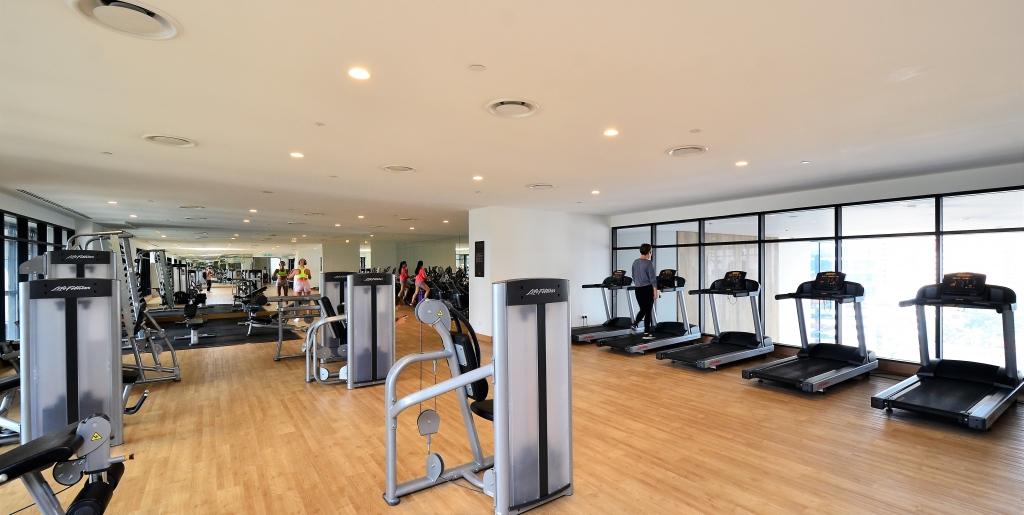Gyms and Fitness Centers
We’re an active species, that’s for sure. Humans enjoy running, jumping, throwing and catching. There are a range of activities that satisfy this desire and gyms and fitness centers are where it’s at. The evolution of fitness can be traced back to our need for survival. Since the beginning of time mankind needed to remain physically fit to hunt and survive. Over 3000 years ago, the very first gymnasiums emerged, known as Zurkhaneh in ancient Persia. However, the word “gymnasium” comes from ancient Greece, where the Greek word “gymnos” (naked) comes into play. Granted, the idea was not a bunch of naked people working out together, but exercise at its core is as human as a human can get. And so is being naked (we entered the world like this, after all).
Gyms were first used as places to educate young men. Like formal school, gyms taught athletic and hygiene lessons and they then evolved to training athletes for public games – namely the Olympics. Oddly enough, gyms disappeared for an extended period of time but then reappeared in the 19th century when colleges and schools began to build gymnasiums. In the 1930s boxing gyms hit the scene, and one of the most famous was the Gramercy Gym in Manhattan. Founded by the legendary trainer, Cus D’Amanto, the amount of world-renowned boxers that have passed through Gramercy is truly jaw dropping.
Come the 1960s and 70s, gyms as we know them today took shape. Gold’s Gym, a standard in California, is a bodybuilding mecca, and gyms like 24-Hour Fitness and LA Fitness brought the machines and technology to the masses. One of the reasons gyms and fitness centers are growing at such rapid rates are health insurance costs. Employers don’t like paying to insure unhealthy people so many employers will include a gym membership in their employment packages. Another reason is the booming demand for healthy foods. Natural and organic food consumption is on the rise throughout the U.S. and a natural side effect to all this is folks, in turn, thinking about physical activity. The two go hand-in-hand!
Something that has really popped in recent years that is also helping gym and fitness center growth is wearables. Garmin, Apple Watch, Fitbit, and not to mention our own smartphones, these devices allow you to monitor every step you take (and don’t!). The latter is the real point here, as once you see how little you are moving on a day to day basis, feeling the need to hit the gym occurs. It’s that awareness and desire to increase our activity that is driven by the wearable and this feeds into gym and fitness center memberships.
One thing is how to get folks thinking about gyms, but another is keeping them there. That’s where streaming exercise classes come into play. These classes first started as alternatives to gyms, streaming classes to your home TV where you could work out in your living room. But that all changed when gyms would equip giant rooms with multiple bikes for example and stream lessons onto giant screens. The social engagement keeps folks moving and despite not having an instructor present, it doesn’t seem to matter.
Don’t look for gym and fitness center growth to slow anytime soon. The whole world is on a health kick, so get up already, life is too short to be sitting around all day!


Comments:
Login to leave a reply